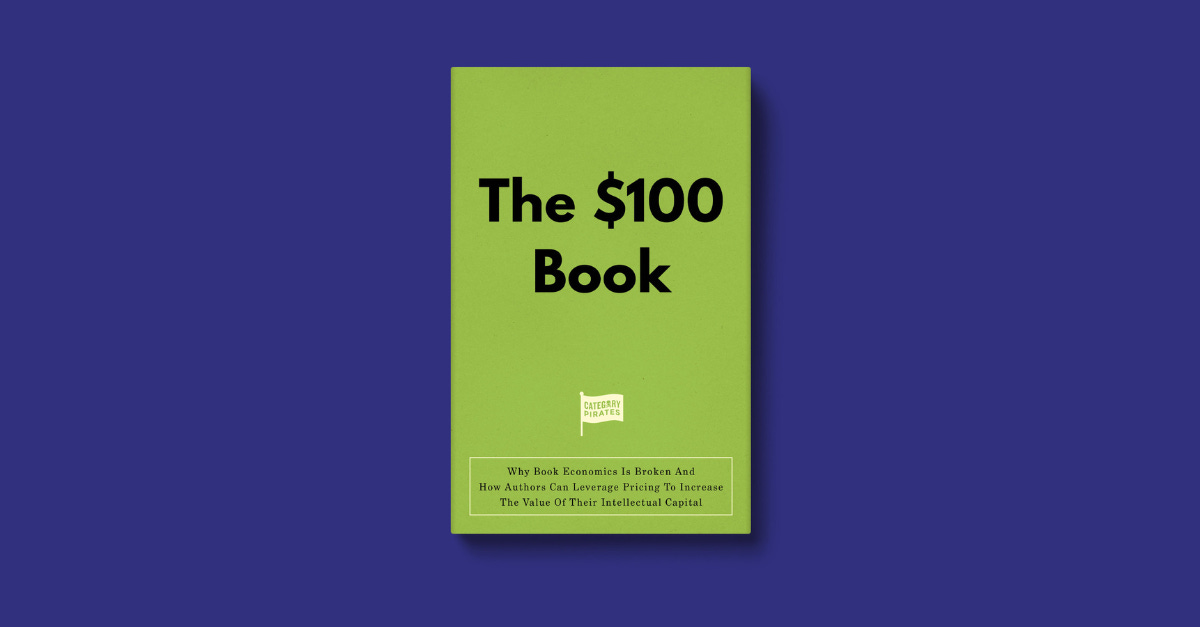The $100 Book: Why Book Economics Is Broken And How Authors Can Leverage Pricing To Increase The Value Of Their Intellectual Capital
Has anyone in publishing done the math?
Arrrrr! 🏴☠️ Welcome to a 🔒 subscriber-only edition 🔒 of Category Pirates. Each week, we share radically different ideas to help you design new and different categories. For more: Audiobooks | Category design podcast | Books | Sign up for a Founding subscription to ask the Pirate Eddie Bot your category design questions.
Dear Friend, Subscriber, and Category Pirate,
The first $100 marketing book (that we know of) hit #1 on Amazon’s global charts after a week.
That book was Lightning Strike Marketing.
No ads. No PR blitz. No bestseller campaign.
Just a different Point of View and a middle finger to an industry that hasn’t redefined its value since the Clinton administration.
What we’re about to share with you is not only germane to writers.
It’s seminal for anyone who wants their value to be valued in a post-AI world.
(This will be a free mini-book for about a week, so everyone has a chance to read it!)
If books kept up with inflation, a $27 book in 1997 would cost $54 today.
In 1997, Jeff Bezos said the average price of a book was $27.
Today, it’s about $28.
The Bureau of Labor Statistics reported the price of a recreational book dropped by 1.3% from 1997 to 2025. In contrast, the Consumer Price Index is up 96%.
Book authors are smart, right?
So, why are books less expensive in 2025 vs. 1997?
It’s because sometimes smart people are so smart, they’re stupid. Including us.
Even smart people forget that everything we value, we’ve been taught to value.
Everything, even books.
Has anyone in publishing done the math? Yes!
Publishers are good at math, but in a different way.
Take HarperCollins:
Revenue
2000 = $0.95B
2024 = $2.1B
+120% growth overall, 3.3% CAGR
EBITDA
2000 = $82MM (8.6%)
2024 = $269MM (12.9%)
+228% growth, 4.9% CAGR
HarperCollins’ revenue grew slightly ahead of inflation.
Their profits grew about 60% faster.
If book prices have stayed flat for three decades… how did the publisher grow revenue and margins? Not by increasing author success. They changed the strategy around who they sell to, what they sell, and how much they keep.
They pulled four big moves authors need to understand:








